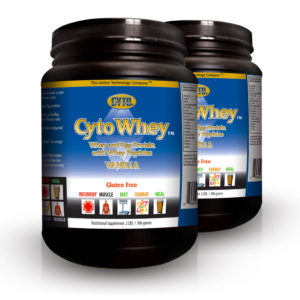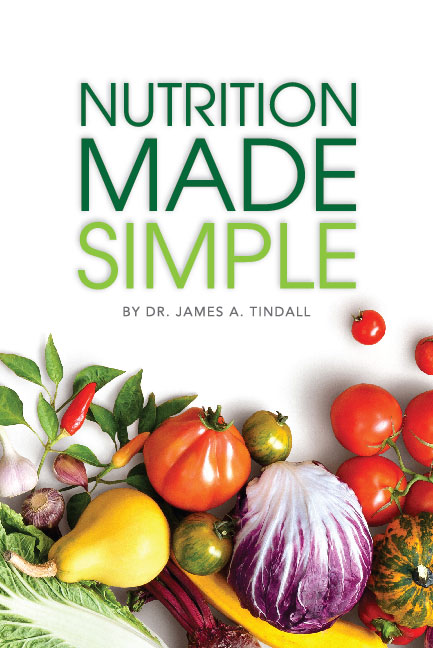Have you been looking at social media? If so, you’ll quickly see that there are thousands of trainers out there seeking your business. And, a great many of them post videos of exercises, which has become the common trend. However, walking into the gym is only the first step to getting healthy and building a strong body.
Most of the time, we are simply too impatient and want to see progress right away. However, after training athletes and others for years I have developed a rough rule of thumb. What is it? It takes about 90 days to see a difference in your physique. While you will notice weight loss, muscle changes seem to take longer, most likely because you see your body every day. But, your friends will probably notice changes before you do.
From the beginning, everything from your social life, the foods you eat, exercises you choose and time you spend in the gym among other things, can take away from that great body you’re trying to get in shape or build. There are seven key mistakes that cause problems for you and that you should be aware of. Let’s discuss them and the ‘How To’ to fix them.
1. Randomize and Customize
So many of us go to the gym believing that if we do the bench press, squats, and other exercises – called isolation exercises because they work mostly one body part – is the only way to make your muscles grow. This is not true. While working each of the body parts separately will force other body parts to work together, it is good to switch things up, especially since most people go to the gym with what I call a half-assed workout. You need to start, continue, and increase intensity, i.e., stress. The average workout is a little of this and a little of that with some cardio or stretching thrown in for good measure.
How To: Find a trainer or go into our workout section to get a professional program that builds in compound exercises, considers rest, increases intensity, and constantly changes. Why? First, your body will get used to an exercise program that does not randomize after only two weeks. Second, most average programs won’t push you. If you’re not lifting at least 50% of your capacity, excepting warm ups, then, you’re just going to burn calories. The kinds of lifts and workouts you do will determine your progress, especially if your goal is either to burn calories or build muscle or a combination. Let’s look at an example and compare a ‘thruster’ Cross Fit exercise from the original lift it came from, the Clean and press. Both lifts work the same functional groups and tie in muscles well.
For the Thruster you grab the bar, clean it and come out of the clean, i.e., squat position and continue in one motion all the way up until the bar is propelled straight over head. In the full power-clean and press, you clean, come to a standing position and then, using correct technique -balancing yourself first, press the weight over your head. In the Thruster, there is a limit of how much weight you can do safely. For most this is about 25-40% of your body weight. The exercise as done in Cross Fit is great for burning calories, but has much stricter limitations for building muscle mass. Why? Because you’re simply not lifting heavy enough. With the power-clean and press, the weight load is much heavier. As an example, one of my female clients does a thruster with a total weight of about 67 – 100 pounds and loves the calorie burn. Another female client, who has much different goals does the full power-clean and press with about 220 pounds, more on max days every 12 weeks. Her legs, buttocks, shoulders, arms, and chest are bigger and thicker than her counterpart because she wants to build muscle, not just burn calories. So, develop a good program with specific goals – don’t go in the gym half-assed from watching videos on Instagram, do it, and keep track of everything otherwise, you will not be able to make the progress you want.
2. Cardiovascular
Often, one spends so much time in the gym that the body is literally starving for a rest. This is because, muscle groups generally take 24-48 hours to recover. I do legs every day and while they are done each day, because I do different exercises, the same muscles are not worked each day. Also, rest periods for recovery are built in. The point is that is you continually engage in extra activities outside the gym, you will slow muscle growth.
How To: Build cardio, specific cardio that is based on your goals, into your workout program. I do this every day for athletes from all sports. The goal would be 2-3 cardio sessions per week and generally between heavy workout days. It works well to do it on days when you perform weak-area training. Remember, if your goal is to build muscle mass, the idea is not to train like a marathon runner. For cardio try sprints and interval training rather than jogging several miles, biking or treadmills.
3. Alcohol
Sugar alcohols are what you consume when you drink beer, wine, bourbon, and similar drinks. They have 7 calories per gram and can cover your abdominal muscles with a layer of fat, which interferes with hormones that help build your abs and other muscles. Regular ingestion of alcohol is not that much different from eating sugar or consuming soda pops every day.
How To: Don’t consume alcohol each day. Have it 2-3 times per week, mostly on the weekend and keep it out of your system during your workout days. As for smoking, I just assume normal healthy people are smart enough not to. But don’t as it will put carbon monoxide in your body that competes with oxygen in cell functioning and muscle growth.
Advertisement: CytoCharge (click on photo for more info)

4. After Workout Meal
Don’t starve yourself. After you work out, especially with any intensity, your body is converting glucose to glycogen to allow muscles to repair and recover. If you don’t eat after your workout, your body will break down your muscle mass into amino acids that it will convert to glucose. So, you just negated the entire purpose of building muscle because the muscle you built during the workout was robbed through amino acid conversion afterward because you didn’t eat.
How To: About 30-40 minutes after your workout have either a 4:1 or 1:4 (carbohydrate to protein) meal or drink because such will provide a 120-130% chance of great muscle-glycogen storage than just a carbohydrate drink. The choice is based on whether you wish to add more bulk (sway to the 4:1) or stay on the lean muscle side (sway to the 1:4). You can also consume a sports drink both before and during your exercise as that will enhance overall results.
5. Sleep
If you do not get sufficient sleep your muscles cannot fully recover. A lack of sleep causes you to workout at a lower intensity, which you usually will not notice. This lack of intensity lowers the stress placed on the muscles and retards their growth.
How To: Have a set schedule and regimen every day for going to bed and arising. Generally, don’t exercise or drink coffee or other caffeinated drinks for 4-5 hours prior to bedtime because they’ll wire you up and make it difficult to get to sleep, at least for most. However, do have a bedtime snack about 30 minutes prior to bed – about 100-200 calories for small to large person respectively. A half banana, apple, etc. is sufficient. We’ll get more into this later.
Advertisement: Amazon (click on photo for more info)

6. Water
One of the common things we do is drink protein drinks before, during and after workouts and even on non-workout days. Although this does help build muscle, the protein used for energy by the body must remove a nitrogen component of the muscle to convert it into glucose. This process requires water and not just the water that is perhaps mixed into your protein drink.
How To: Your goal should be to drink water as cold as you can get it. Sip it throughout the day; more before and after the workout. A recommended amount is 8-10 glasses (8 ounces each) per day. The more work you do, the more water you’ll need. Remember your meal frequency for your protein as well; divide what you need into 5-6 smalls meals each day.
7. Sugar
Sugar is the enemy of weight loss – always remember this. While fat burns in a carbohydrate flame and we need carbs, sugar is not the ideal carb. Sugar will spike your blood sugar levels and depress fat-burning mechanisms, which when doing so, not only does not burn calories from sugar, but stores excess calories as fat – a double whammy. Too much can also suppress your appetite at the expense of better foods. Sugar will also limit the intake of amino acids that build muscle.
How To: During the day drink water and save sports drinks for the gym. Stay away from dried fruits, fruit bars, some nutrition bars, high glycemic foods such as strawberries (you can eat them, but mind your portion), and even some condiments such as ketchup.
Thus, you observe the gym is much more than lifting weights and watching Instagram videos of people doing them.







